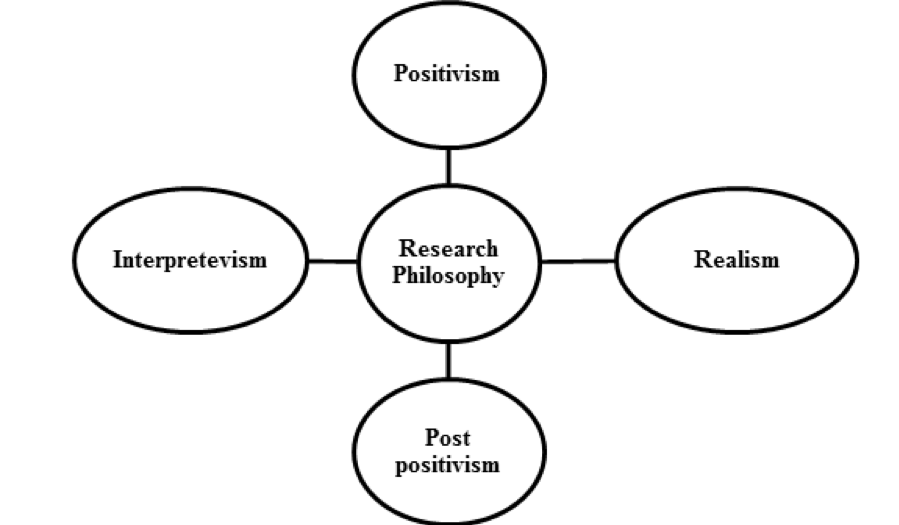AN ANALYSIS OF THE IMPACT OF CUSTOMER SATISFACTION ON BRAND LOYALTY: A CASE STUDY OF TESCO PLC, UK
3. Research Methodology
3.1 Introduction
This chapter resembles with the various methodology that is used in the research that helps in performing the research in a better way. The chapter discusses about the various research designs and philosophies that are used in the study. The data collection method and data analysis method has been explained in this chapter. The ethical consideration and access issues are discussed in the chapter.
3.2 Research Onion
The research onion refers to a framework that helps in the proper outlook of the overall research and the study that is conducted. It is a layered approach of the research that has three levels. As suggested by Saunders et al. (2009, p. 52), there are three levels of the framework including axiology, ontology and epistemology. Axiology deals with the study of the various ethics and values involved in the research.

Ontology deals with the real existence of the facts in the research. Epistemology deals with the various methods by which the reality is known.
3.3 Research philosophy
There are four types of the philosophy including Positivism, Post Positivism, Realism and Interpretivism. The Positivism deals with the reality of the facts and figures that have real existence in the world. The other theories depends on the general perception of the people. There are no reality in the facts and figures. The Positivist theory helps in gathering the statistical and logistic data for the research (Bergh and Ketchen (2014).

3.4 Research Design
The three types of research design are descriptive, explanatory and exploratory. As suggested by Taylor et al., (2015), explanatory refers to the psychological aspects of the study. On the second hand, descriptive design deals refers to the both positive and negative behaviour of the study. This research has used the descriptive design as it deals with the both side of the study. It helps in maintaining huge amount of data with ease. There are some goals and objectives of the research which can be fulfilled by the descriptive design.
3.5 Research Approach
There are two types of approach including deductive and inductive. The deductive approach refers to the data and information that is gathered from the various sources with existing theories. It is a top-bottom approach that helps in providing the generic clear vision of the study of the research (Mackey and Gass, 2015, pp. 123). Inductive approach deals with gathering data and information from the new theories and models. This research has used the deductive approach as it deals with the existing theories and models relevant to the topic.
3.6 Research Strategy
As suggested by Silverman (2016, p.269), there are many research strategies including surveys, experiments, case study analysis and interviews. This research has used both the surveys and interviews for gathering the data and information regarding the research topic. The researcher has taken a sample size and surveys and interviews are done on them by asking questions to the participants. The strategy has helped in gathering the accurate data and information about the topic.
3.6 Data Collection method
The research contains both the primary and secondary data collection method. The data and information are collected from the surveys and interviews as primary method and secondary method includes the data collection from the online books and journals. As suggested by Flick (2015, p.239) the data collection methods used in the research is satisfactory and provides the correct data and information about the relevant research topic. The survey is organised as simple, random and probable. The researcher has asked 10 questions in the surveys.
3.7 Sampling Techniques
A sample size of 50 samples are taken for the conduction of the surveys and interviews during the research. The greater number of samples are taken to make the obtained data accurate. There are close ended questions are asked as the data collection tool for the research. The researcher acknowledges the answers of the participants as the data and information for the research.
3.8 Data Analysis
Both the primary and secondary data analysis are used in the research. The qualitative analysis of the data that is collected from the online books and journals are done. The quantitative analysis has been done on the data collected from the surveys.As suggested by Smith (2015, p.345), likert scale has been used to represent the outcomes of the study in a graphical and tabular form that helps in proper understanding of the research topic.
3.9 Ethical Consideration
There are many ethical issues in the study of the topic. Some of the participants are not ready to participate in the surveys and interviews and they are not forced to participate. Language was an issue in conducting the surveys and interviews. There are many online books that requires fund to register. Therefore, data was not taken from these books and articles.
3.10 Validity and Reliability
The data and collection that are taken from the various sources are authentic. The online books and journals taken are recent and the updated data are taken for the study. As suggested by Panneerselvam (2014, p.134), the outcomes of the study are not tampered and kept transparent for the future work. The research is done under the Data Protection Act 1998. The personal data and information are not shared with anyone and the data are kept secured.
3.11 Summary
It can be summarised that the research has followed a proper methodology. The researcher has used both the primary and secondary data collection method for the better interpretation of the data and information regarding the study of the research.
Click page 4 to read further
